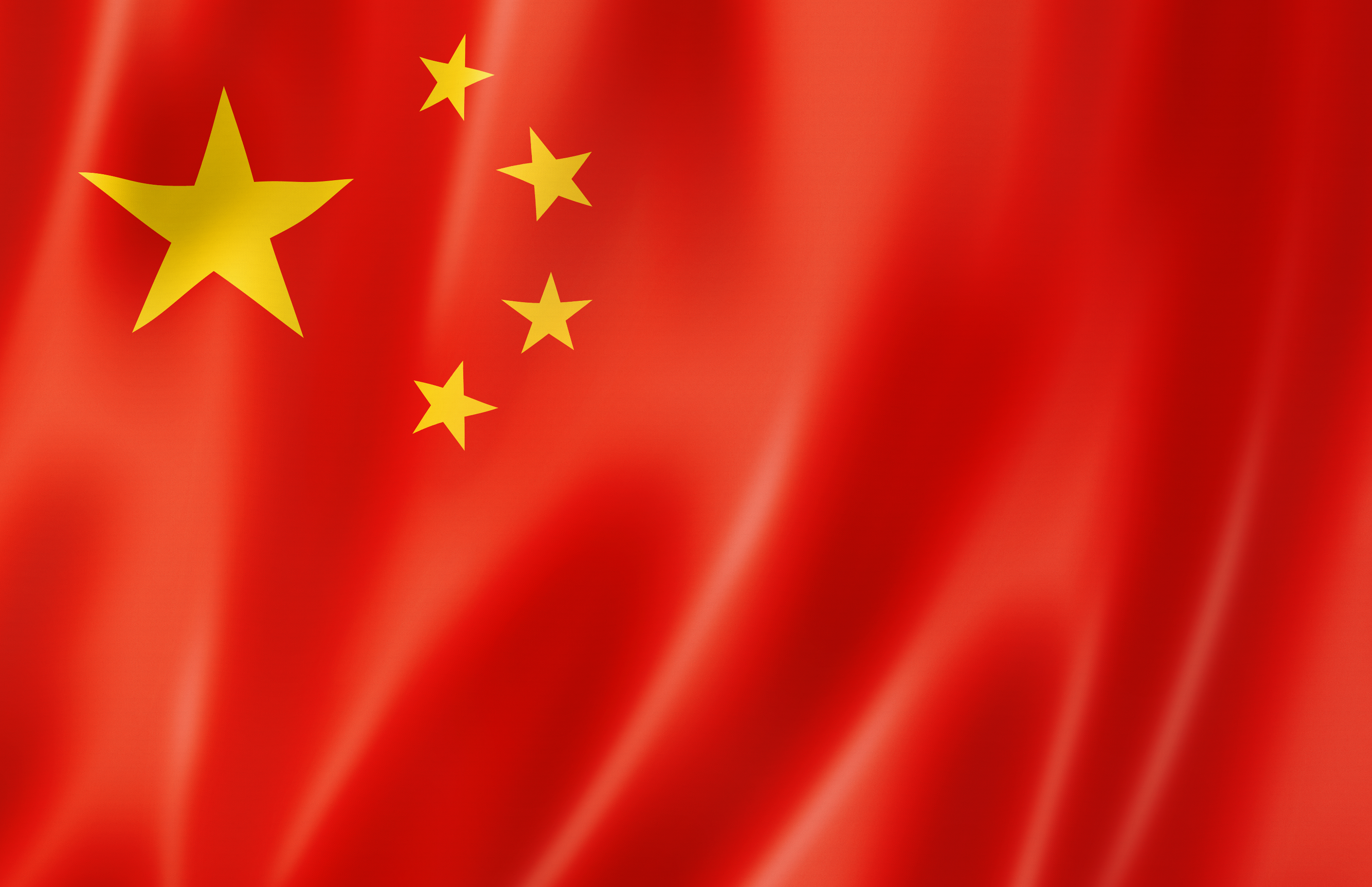China’ Third Plenum: focus on ‘high quality development’
Opinion Pieces

24
Jul
2024
China’ Third Plenum: focus on ‘high quality development’
China’s ‘Third Plenum’ mapped the country’s next five-year economic, social and strategic objectives. The focus remains on technological revolution, industrial transformation and national security, although also acknowledges the current Chinese economy’s shortfalls.
The ‘Third Plenum’ is a high-level session for China’s Communist Party, held on average every five years. Its purpose is not to deliver instant solutions but to outline a comprehensive medium-term strategy.
The focus has been on policies promoting the development of strategic industries such as new-generation information technology, artificial intelligence, aerospace and new energy. The official communique stated that China must ‘adapt to the new round of scientific and technological revolution and industrial transformation,’ and ‘improve the new system for mobilising resources nationwide to make key technological breakthroughs.’ The buzzword was ‘high quality development’ with national security as another priority.
For the longer-term path, domestic consumption, technology advancement and green development remain key strategic directions, while the plenum emphasised the role of the market mechanism in resource allocation and pledged to open it further.
Although it is correct to say that the 'Third Plenum' emphasis has been on supply-side measures over demand-side support and gave priority to technology and manufacturing over household consumption, one should note that Beijing recognized the economy’s current challenges.
Some points in the final communique mentioned the need to push forward reform on gradually postponing the retirement age, improving incentives to boost births, and providing basic social services and welfare access to eligible workers. Another point highlighted the necessity to deepen fiscal and taxation reform and improve the budget system.
With reference to the housing market, the final communique mentions the necessity to speed up the establishment of a new housing system that promotes both renting and purchasing, giving each city autonomy in regulating the real estate market.
The final statement did also acknowledge that China must ‘unwaveringly strive to finish this year’s growth target’ of ‘around 5%. However, China may struggle to meet this objective.
At 4.7%, China’s Q2 GDP growth came below the average consensus forecast of 5.1% and below the 5.3% growth rate posted in Q1. The global picture of the Chinese economy remains unchanged with a weak domestic demand, a depressed property market and a lack of confidence amongst consumers.
China’s growth is supported by manufacturing and exports. The June trade surplus reached a record US$99Bn, the highest in records. With more tariffs likely to be implemented by the US and the EU, China has been turning to ‘global South’ for new markets. Trade with the ASEAN countries rose 7.1% in H1 and 24.4% with Brazil. However, tariffs and other restricting measures are also taken by countries other than the US and the EU. Mexico, Chile and Brazil have recently hiked duties on steel products from China.
In the absence of short-term fiscal measures, monetary policy will remain the main tool for any demand stimulus measures. China’s Central Bank announced today that it lowered its seven-day reverse repo rate by 10 basis points to 1.7%. Until now, monetary policy has been ineffective at reviving the property market, restoring consumers’ confidence, and boosting domestic consumption, which are paramount issues for the Chinese economy.